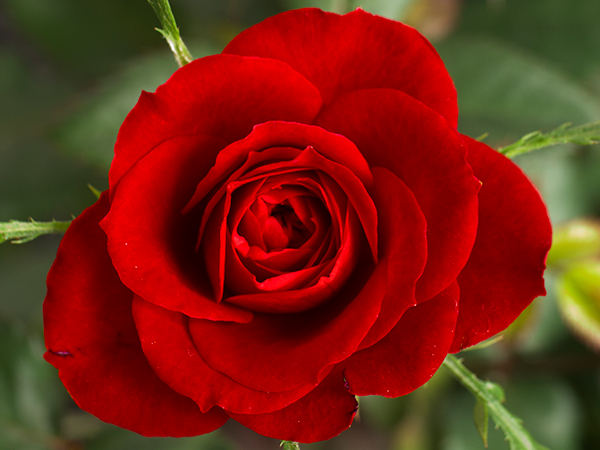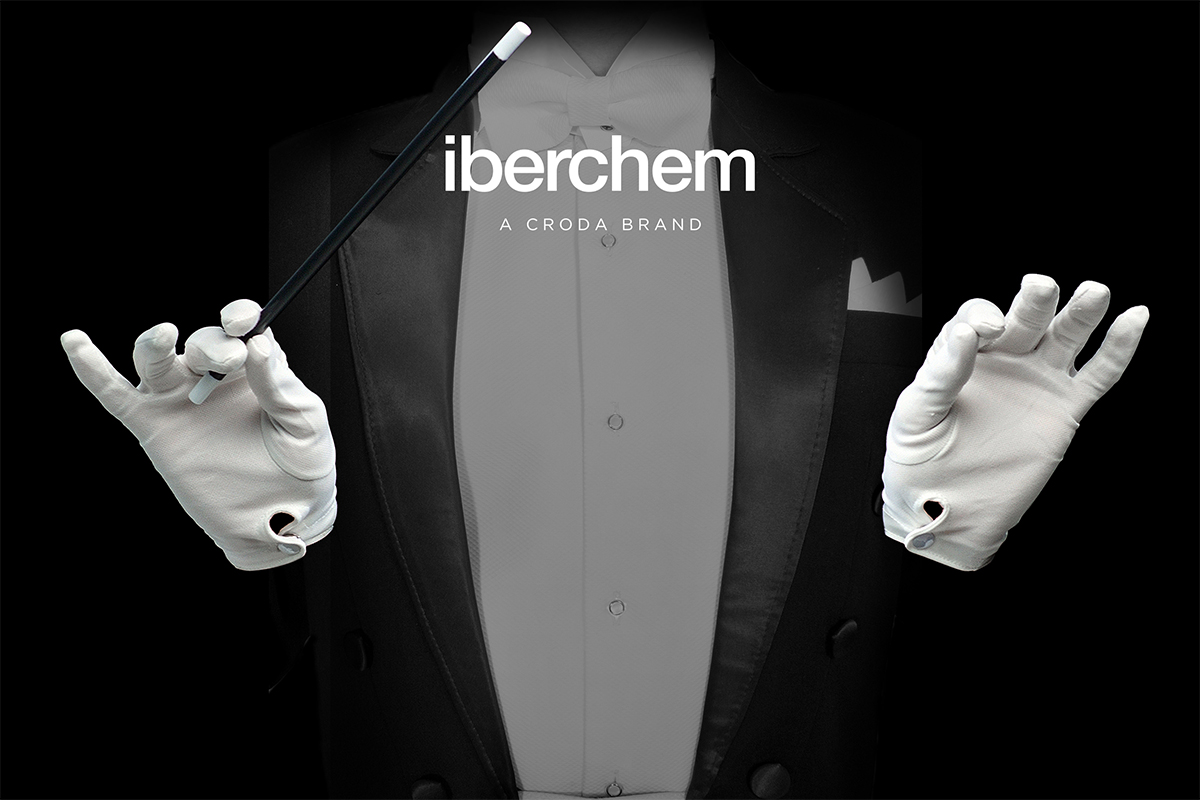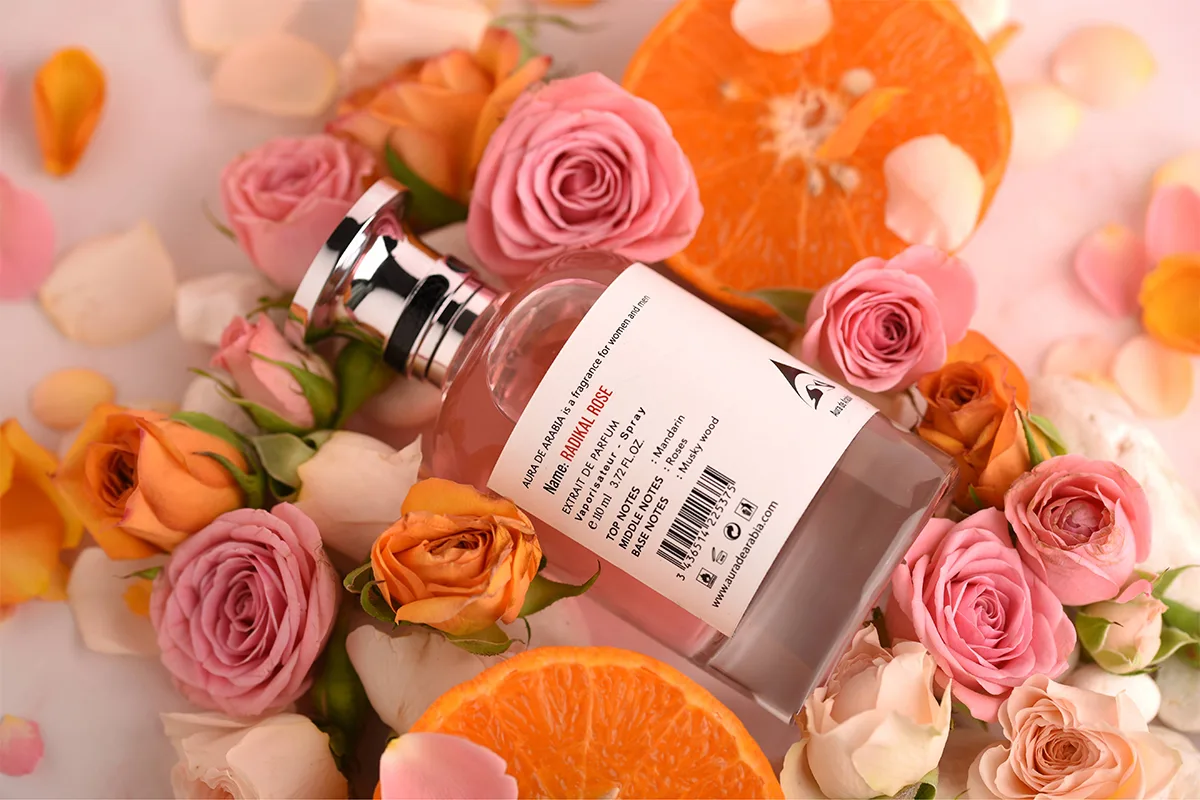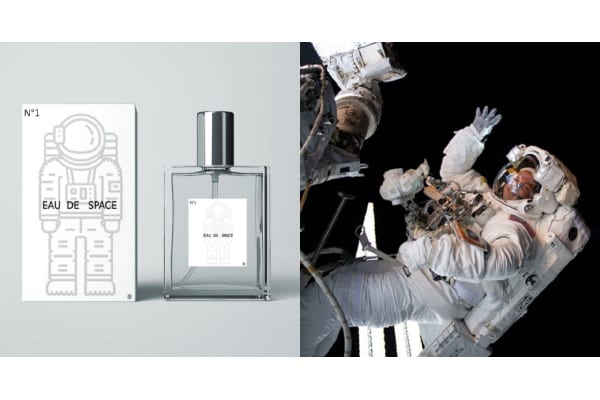The sensual fragrance of rose has an immediate attractive power. Cherished by men and women throughout the centuries, rose remains one of the most important perfume ingredients to this day
Certainly no other flower is as universally recognised as rose. Although the flower comes in dozens of different shapes and colours, all the roses convey a single symbolical message of love and beauty.
Rose is not only a name for one particular plant, but a general name for a genus of flowers from which hundreds of different species can be distinguished. Furthermore, because different rose species are easy to hybridise, enthusiastic botanists have been able to produce literally thousands of different varieties of rose.
A multitude of roses are appreciated for their beautiful colour or the shape of their petals, but only a few are fragrant enough to be of value for commercial perfumery. Among all the manifold rose varieties, two have acquired a highly esteemed status in perfumery: the so called Damask rose and Rose de Mai, which is also known as cabbage rose.
From petals to perfume
Rose is one of those scents which are immediately familiar to everyone. This does not, however, mean that rose has a simplistic fragrance devout of more complex aromatic properties. Depending on the extraction process and the raw material used, rose can manifest a surprisingly diverse aromatic profile.
Traditionally rose oil has been manufactured by steam distillation. This production method, which has been practiced for centuries in India and Arabic countries, is known as rose attar. To obtain the attar, rose petals are gently heated in a distillery apparatus, which results in a potently fragrant oil. Sometimes the rose distillate is blended together with sandalwood oil to create a beautiful floral and woody perfume.
Rose attar is most often produced from the Damask variety. Because the raw material is exposed to heat during the distillation, some aroma compounds are destroyed during the process. The resulting attar has a warm, deep fragrance of roses with hints of honey and a buttery richness. The attar works best as a heart note, because it has a tendency to blend well together with other scents.
Another kind of rose produce, so called rose absolute, can be obtained through solvent extraction. Because this process does not apply any heat to the flowers, it resembles the aroma of fresh roses more closely. The absolute is most often made from the Rose de Mai and carries an intense rosy fragrance with hints of spicy and green notes. Unlike rose attar, the absolute is often also applied as a top note.
Roses utilised for fragrance are cultivated in various countries such as Turkey, Bulgaria, Egypt, France and Morocco. Depending on the growing environment, the resulting fragrant material will display different characteristics. Thus a skilled perfumer may choose to select roses from a particular region to accentuate different qualities of rose. From one single flower, a perfumer can draw notes ranging from green and spicy to woody and earthy!
Breathtaking Rose Perfumes
The sheer number of perfumes including rose as one of the ingredients is enough to make one doubt whether true rose fragrances exist at all. It is, however, possible to distinguish a certain class of perfumes which portray an exceptionally memorable experience of the scent of rose.
 When you are looking for that one ultimate rose-heavy fragrance, Attar de Roses by Keiko Mecheri is by far your best choice. This feminine fragrance was launched in 2010 and has ever since captivated the hearts of perfume enthusiasts all around the world. Attar de Roses combines multiple rose varieties in its composition, including the highly esteemed Taif rose from Saudi Arabia. The fragrance opens with a beautiful accord of roses paired with a touch of jasmine and amber. Subtle woody and leathery base notes create a balancing background for the florals, but do not overpower the rosy scents. Even after the intense rose notes have faded away, a beautiful floral fragrance lingers on the skin for many hours.
When you are looking for that one ultimate rose-heavy fragrance, Attar de Roses by Keiko Mecheri is by far your best choice. This feminine fragrance was launched in 2010 and has ever since captivated the hearts of perfume enthusiasts all around the world. Attar de Roses combines multiple rose varieties in its composition, including the highly esteemed Taif rose from Saudi Arabia. The fragrance opens with a beautiful accord of roses paired with a touch of jasmine and amber. Subtle woody and leathery base notes create a balancing background for the florals, but do not overpower the rosy scents. Even after the intense rose notes have faded away, a beautiful floral fragrance lingers on the skin for many hours.
 For something slightly darker, try Rose de Nuit by Serge Lutens. This perfume developed in 1993 by Gilles Romey will blow away all your prejudices of rose fragrances as something purely feminine and floral. Rose de Nuit begins with a sensual, moody, and slightly smoky Turkish rose. As the perfume proceeds, middle notes of beeswax and amber envelop the dark rose fragrance rounding out some of the more aggressive scents. Lastly faint notes of dry apricots enter the stage, resulting in a gorgeous blend of rose, beeswax, and fruit. For the best impact, wear Rose de Nuit on special evenings with people you truly care for.
For something slightly darker, try Rose de Nuit by Serge Lutens. This perfume developed in 1993 by Gilles Romey will blow away all your prejudices of rose fragrances as something purely feminine and floral. Rose de Nuit begins with a sensual, moody, and slightly smoky Turkish rose. As the perfume proceeds, middle notes of beeswax and amber envelop the dark rose fragrance rounding out some of the more aggressive scents. Lastly faint notes of dry apricots enter the stage, resulting in a gorgeous blend of rose, beeswax, and fruit. For the best impact, wear Rose de Nuit on special evenings with people you truly care for.
Moving even farther away from traditional feminine rose fragrances, Rose 31 by Le Labo certainly stands in a class of its own. The fragrance, developed by Daphne Bugey in 2006, has since become somewhat of a masculine rose perfume par excellence.
Rose 31 begins with a spicy concord of cumin, caraway, and a hint of coriander. The initial spiciness of the fragrance makes it easy to mistake Rose 31 as an oriental perfume, but soon as the spices start to subdue, a beautiful rosy character begins to unfold. The scent of rose is faint, but it is definitely there and holds its ground well against the spicy notes. As the fragrance proceeds to its dry-down, a hearty animalistic base of musk, labdanum and oud makes itself present. Strangely enough even with these strong base notes, the sophisticated rose persists until the very end. After all the notes have disappeared from the skin, one is left with a bewildering sense of a journey through unknown territories. Rose 31 can only be described as a kind of artwork that paves its way to the avant-garde of modern perfumery.









